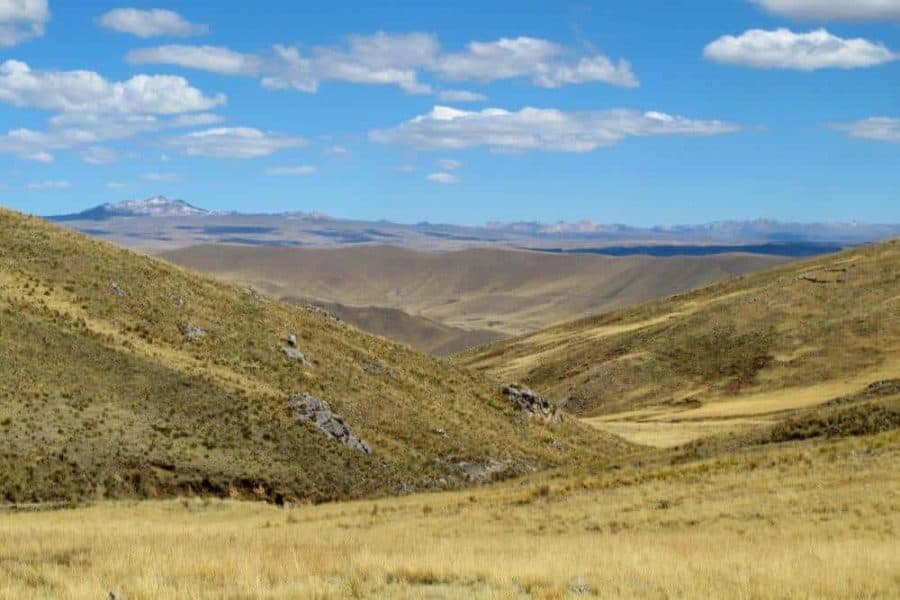A summer hike at 13,000 feet (4,000 meters) is challenging given the lack of oxygen, frigid temperatures, and exposure to elements. Now imagine living year-round at high elevation without your high-tech gear or modern foods.
Scientists debate whether early human populations could have done so, but a new UC Davis study confirms that intrepid hunter-gatherers — women, men, and children — called the Andean highlands home over 7,000 years ago.
The team of archaeologists and geochemists marshaled five lines of scientific evidence to arrive at this conclusion. Perhaps most striking, the isotope chemistry of ancient human bone reveals a distinct signature of permanent high-elevation occupation.
The paper, published this week in June in the Royal Society Journal, Open Science, is co-authored by Randall Haas, a University of California, Davis, assistant professor. The study is available at http://rsos.
“High-elevation environments are challenging for human survival, which is why the Andean and Tibetan highlands were among the last places on the planet settled by humans,” Haas explained. Also challenging is figuring out precisely how and when that happened. We were surprised when all five of our tests pointed to the same basic conclusion. Archaeological data rarely behave so well.”
Researchers looked at 539 artifacts and the bones from 16 individual men, women and children to determine that the Soro Mik’ aya Patjxa hunter-gatherers occupied the highlands of Peru on a permanent basis. The study showed that the path between the site and lowlands would have entailed more than 80 hours of foot travel across over 150 miles of rugged mountain terrain. The authors argue that such a journey is highly unlikely for short-term trips with children and elders.
“It seems clear that this population of hunter-gatherers solved the problems of high-elevation living more than 7,000 years ago,” Haas said. “The next steps are to reliably determine how much earlier and how they did it.”
The region they occupied is known for the domestication of alpaca, the crops of potatoes and quinoa and rapid genetic evolution in relation to high elevation stressors, according to the report.

